This last weekend, I had the opportunity to cook for some fantastic guitarists performing at the Churchill Arts Council. My friend Erik, who is working towards a culinary arts degree at Truckee Meadows Community College, joined me in the kitchen. Erik and I had not talked about cooking together for a hot minute, but this was a perfect opportunity. We planned a fall menu centered around braised beef short ribs with a red wine demi-glace. He and I are both avid fans of the braise; it is a method that transforms “less desirable” cuts of meat into the best bites through low, slow cooking, in which time is the secret ingredient. We planned to serve the short ribs with brown butter mashed potatoes, a Caballero Bean ragout with mushrooms and artichoke hearts, a fall harvest salad, and chocolate pot de creme for dessert.
On Friday afternoon, we browned the seasoned short ribs in batches until they were nicely caramelized on all sides. After pouring off most of the rendered fat, Erik sauteed carrots, onion, celery, and smashed garlic in the same pan, added some tomato paste, then deglazed it with red wine, scraping the bottom of the pan to loosen all the tasty brown bits. We reduced the wine by half and added beef bone broth with bloomed gelatin. Once the stock mix reached a boil, we poured it into an oven-safe dish, nestled in the browned ribs, covered it with foil, and popped it in an oven pre-heated to 300°. About three hours later, our ribs had reached an ideal state of doneness–they were fork tender but still holding on to the bone. Braises are best when prepared a day before service and refrigerated overnight. We moved the ribs to a clean pan, strained out and discarded the veggies, and poured the sauce back over the ribs to store for the evening.
After chilling for twelve hours, the fat hardened into a layer at the top of the dish we removed before re-warming the ribs in an oven. We reduced the braising liquid on the stovetop for about an hour, then added a ruby port wine syrup (a whole bottle of port reduced to about ½ of a cup of liquid). Finally, we put our ribs and the finished sauce into a crockpot to keep them hot until it was time for service. They were perfect. The meat was tender and flavorful, the sauce had an unctuous mouthfeel, and the seasoning was on point.
Imagine our surprise when we realized that the braised beef short ribs were NOT the star of the show. Instead, the dish that rose to the top was the salad, which we made without a recipe. To the best of my memory, here is how we made the Autumn Harvest Salad.
Kelli’s Autumn Salad
Yields a large bowl that can serve ten easily
Ingredients
1 Butternut squash, peeled and diced
1 c Tri-color quinoa
½ Red onion, thinly sliced
6 oz Dried cranberries
5.5 oz package Glazed pecans
1 bunch Curly kale, stems removed and torn into small pieces
8 oz block Feta cheese, crumbled
2 Honeycrisp apples, cored and diced
⅔ c White balsamic vinegar
1 c Extra virgin olive oil
2 T Dijon mustard
4 T Maple syrup
Salt & Pepper
Directions:
- Toss butternut squash in olive oil, season with salt and pepper, and roast in a 375° oven until soft and browned. Set aside to cool.
- Cook quinoa according to package directions. Set aside to cool.
- Combine white balsamic vinegar, olive oil, dijon mustard, and maple syrup in a blender. Process until creamy and smooth. Season with salt and pepper. Dressing should be bright and tangy with an obvious hit of maple. Feel free to add more maple syrup or white balsamic to achieve this result.
- Mix the squash, quinoa, red onions, cranberries, pecans, feta cheese, kale, and apple in a large bowl. Toss with enough dressing to make the salad wet but not sopping. Reserve the remaining dressing for another day.


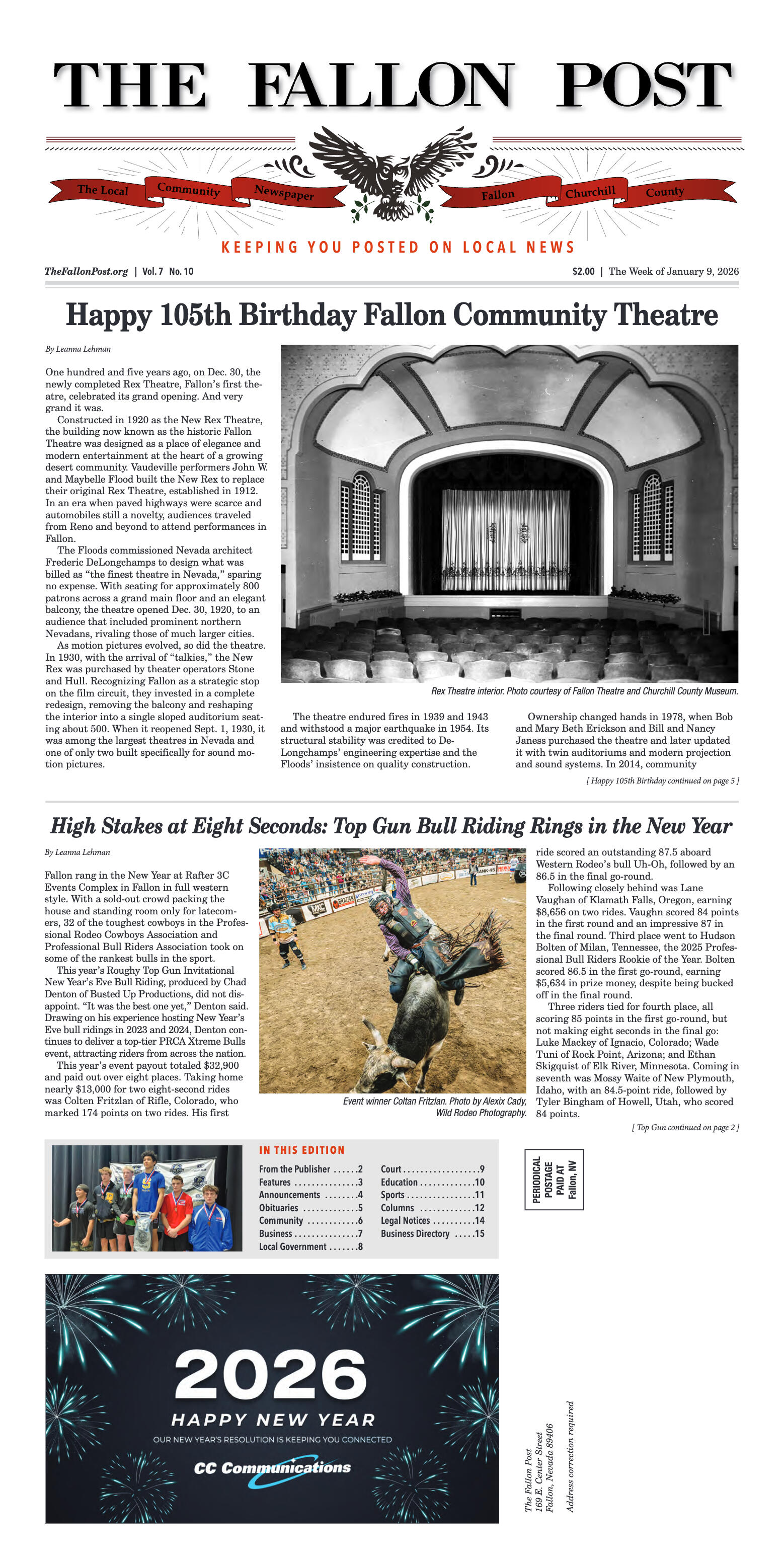
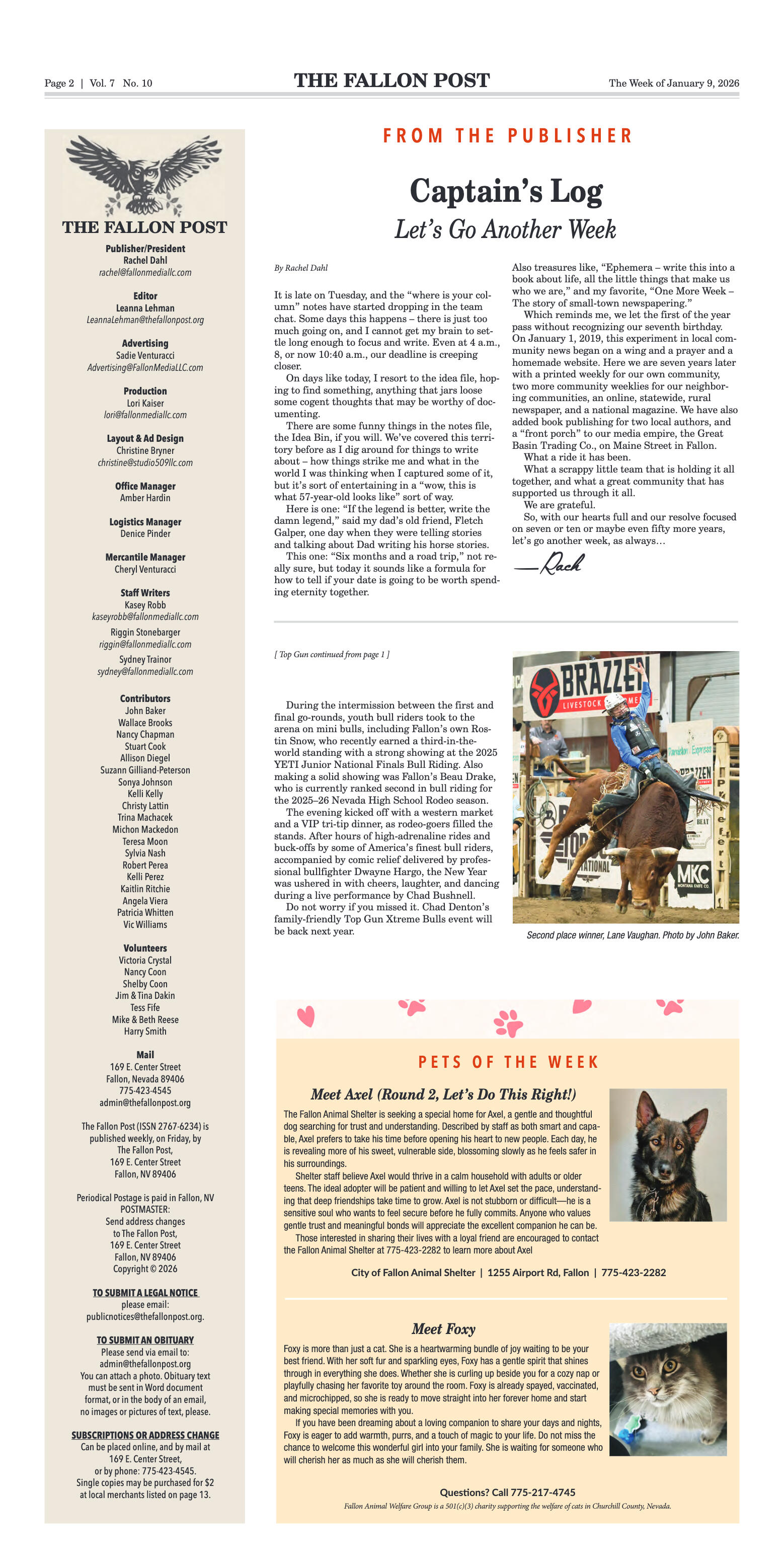
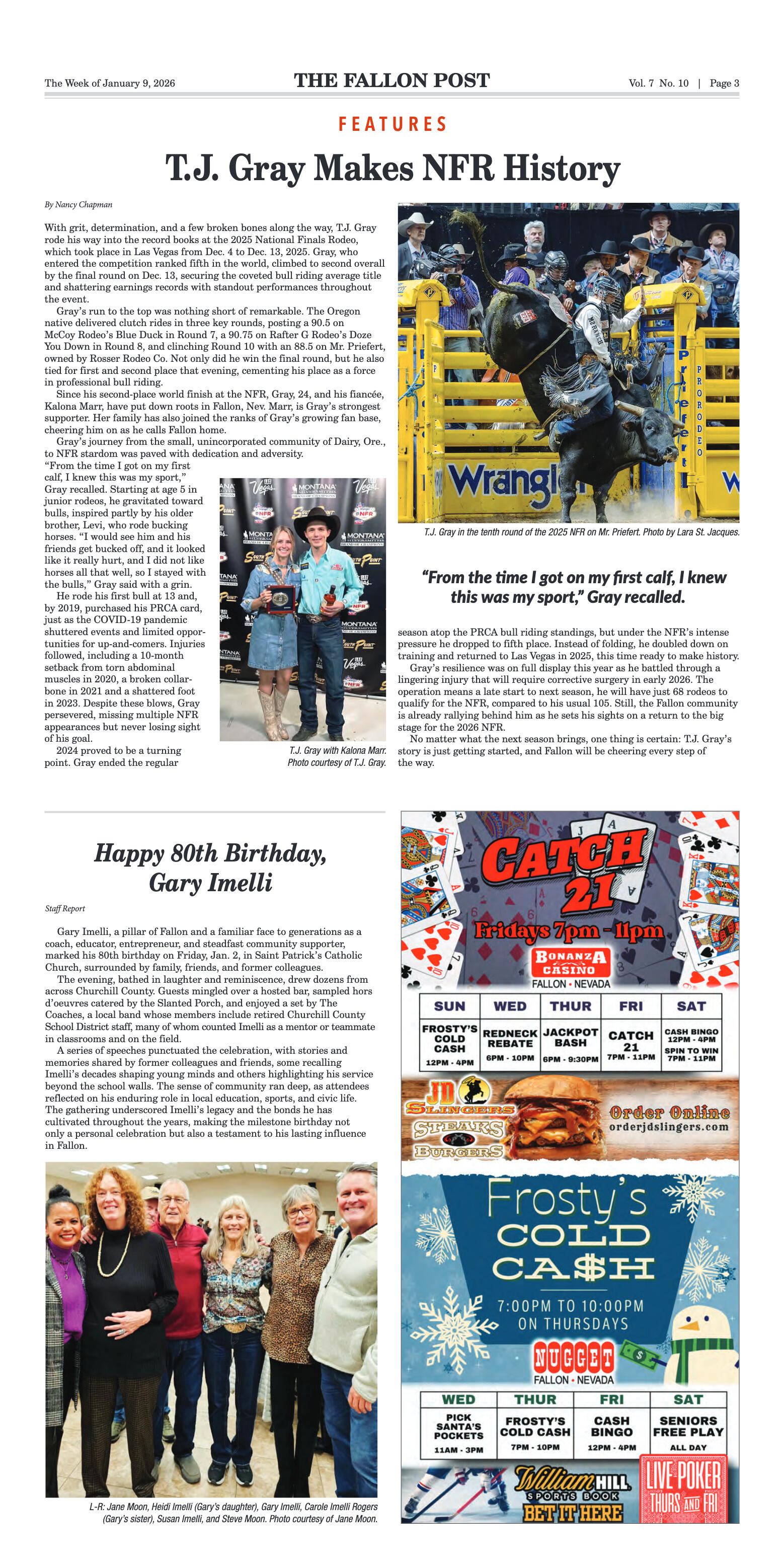
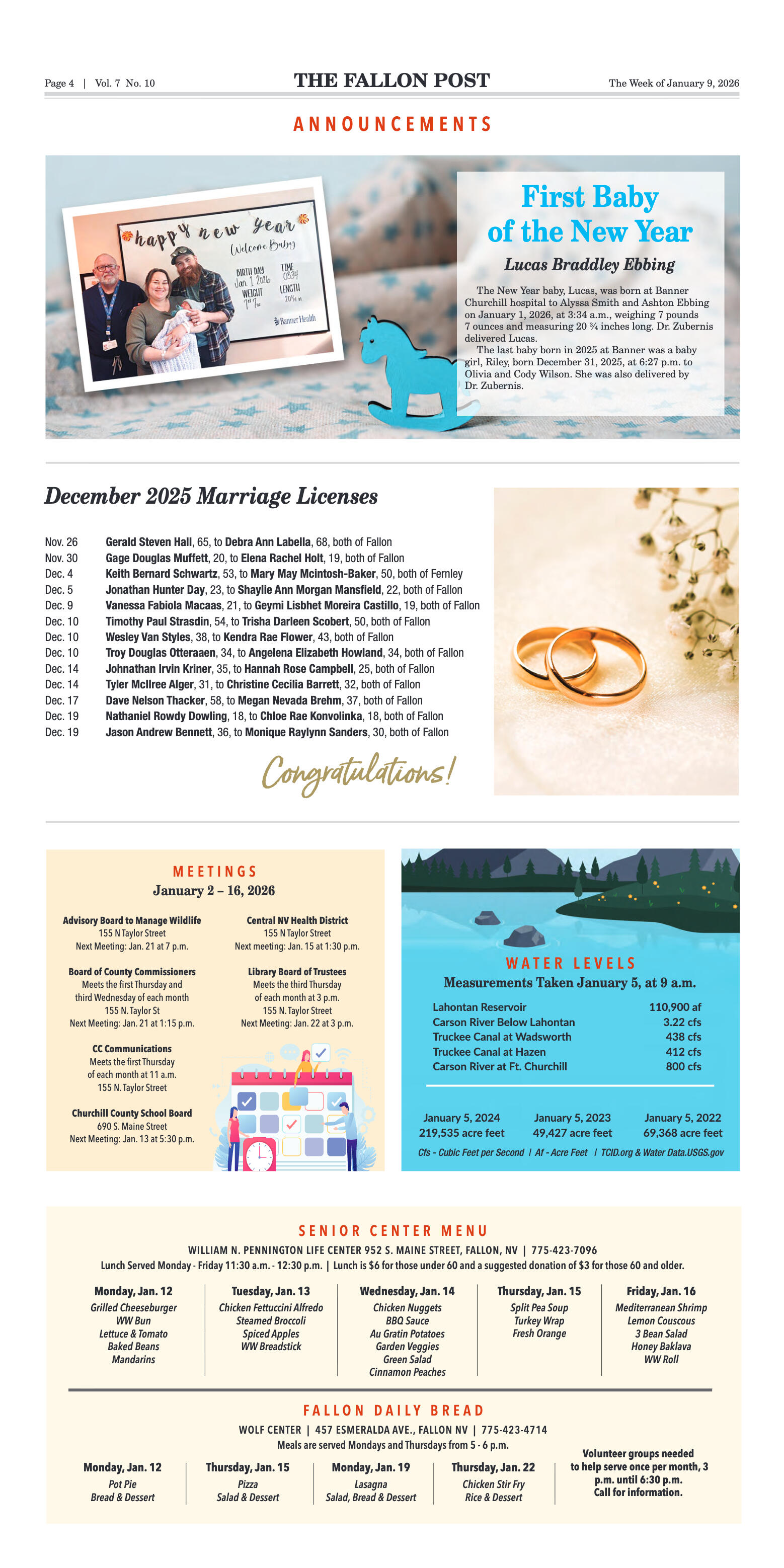
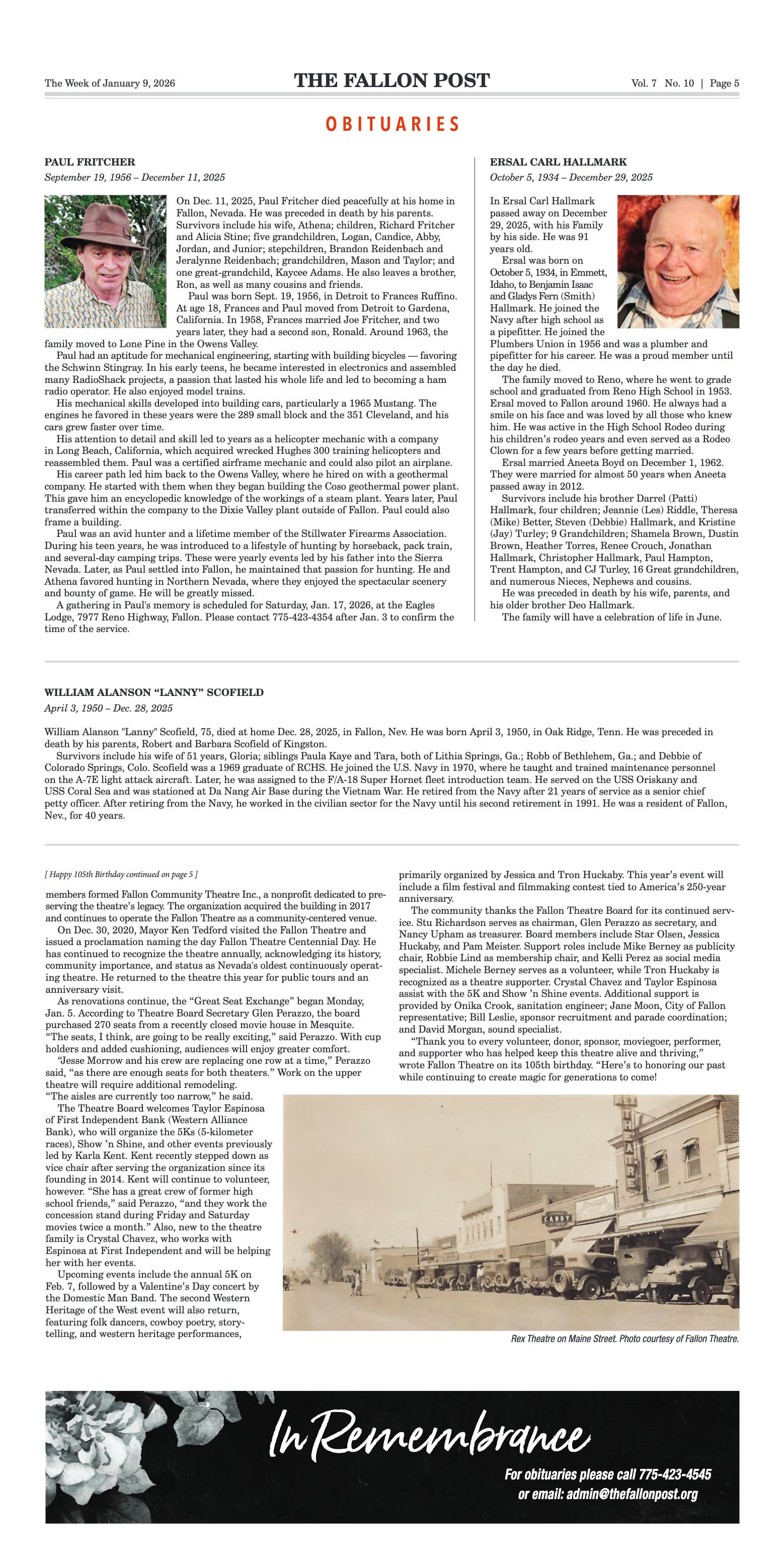
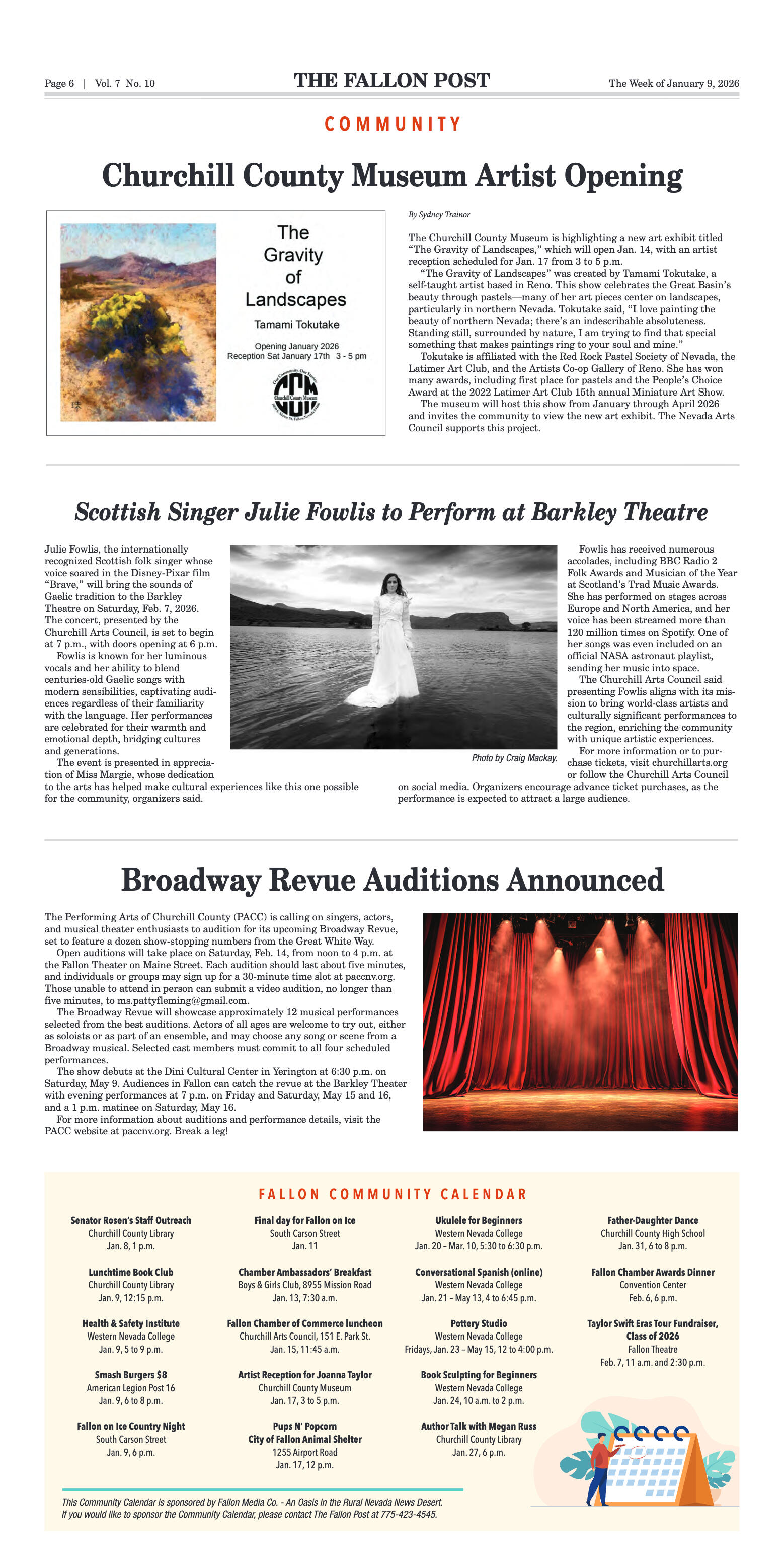
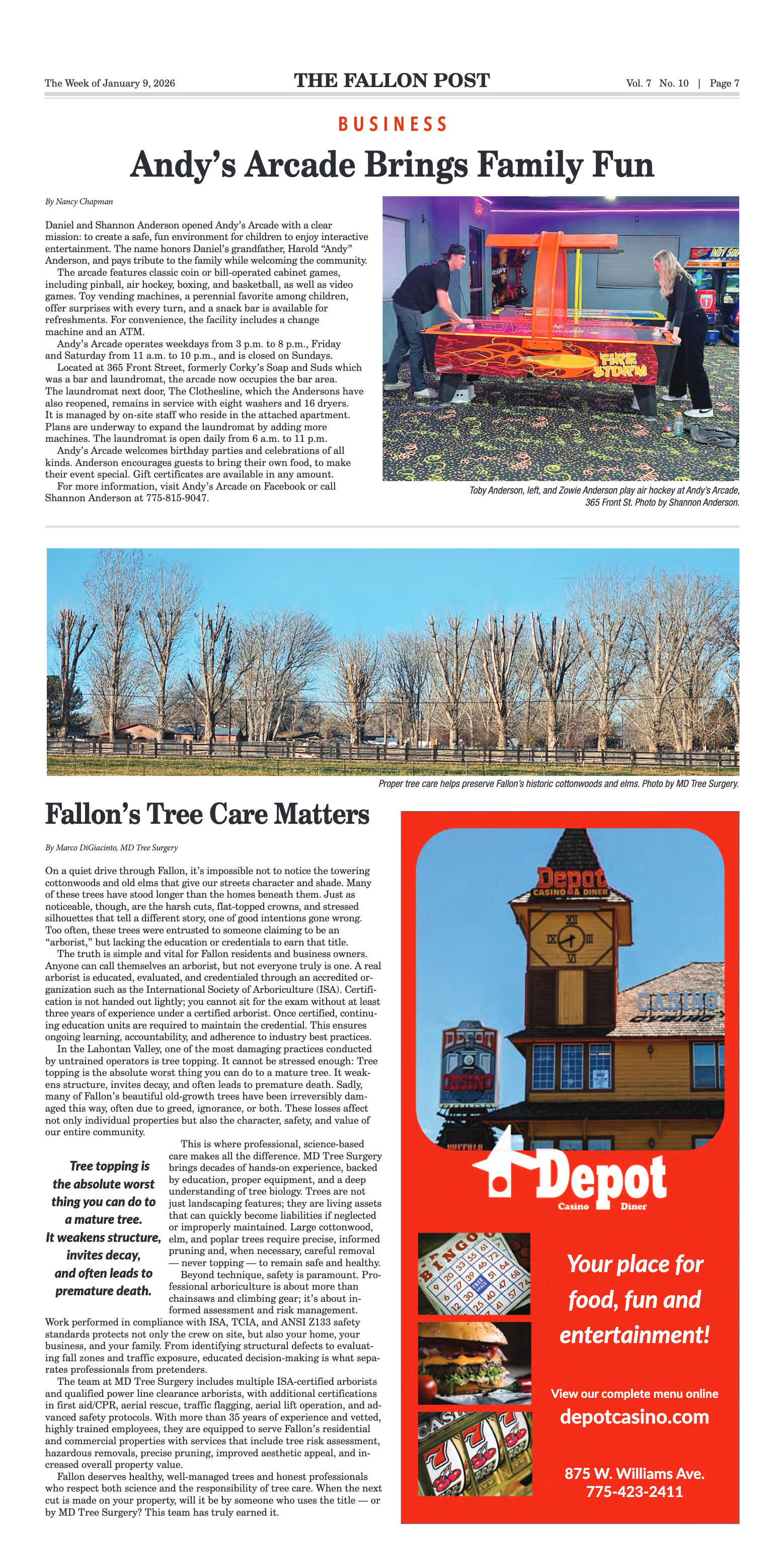
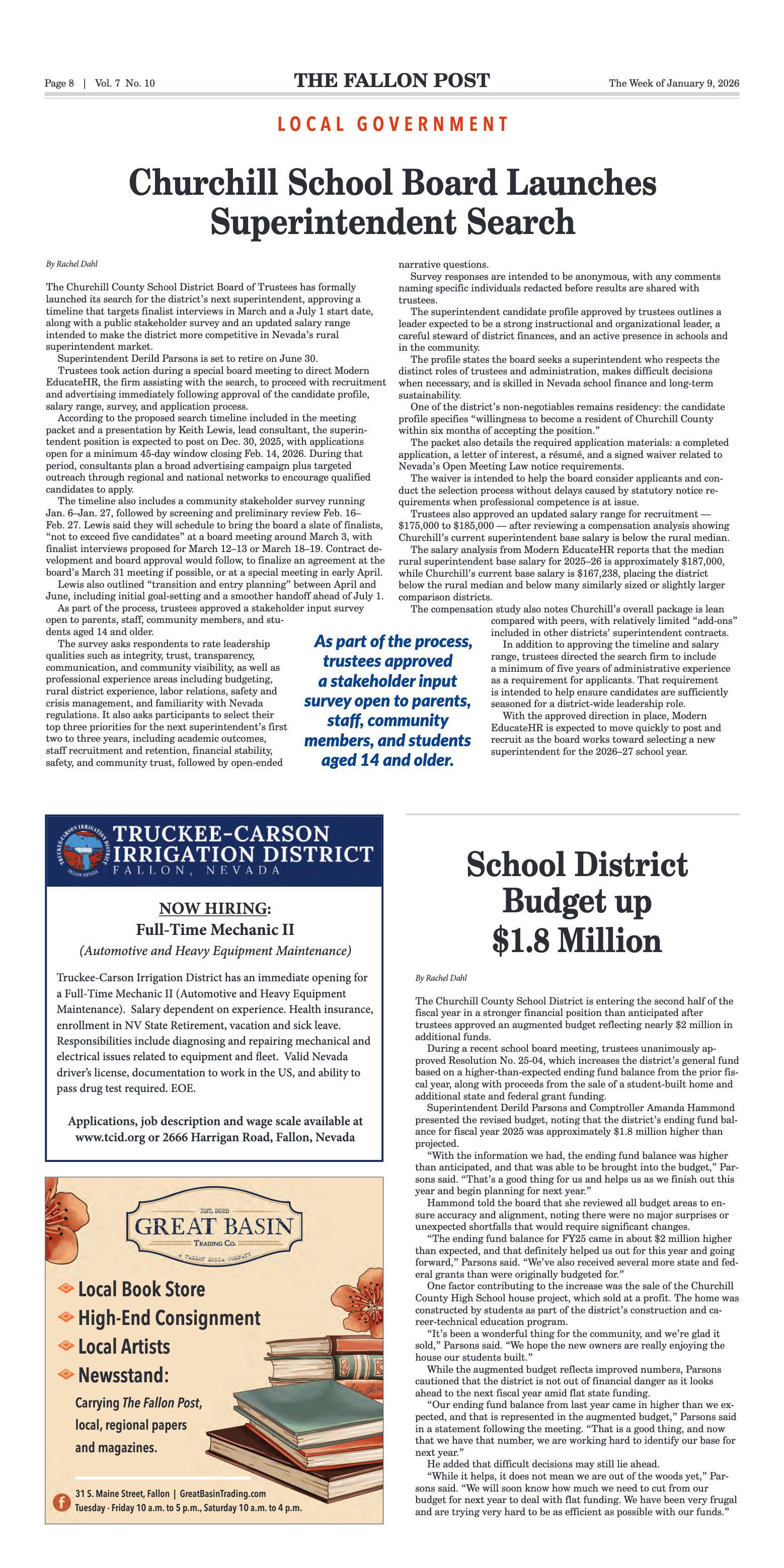
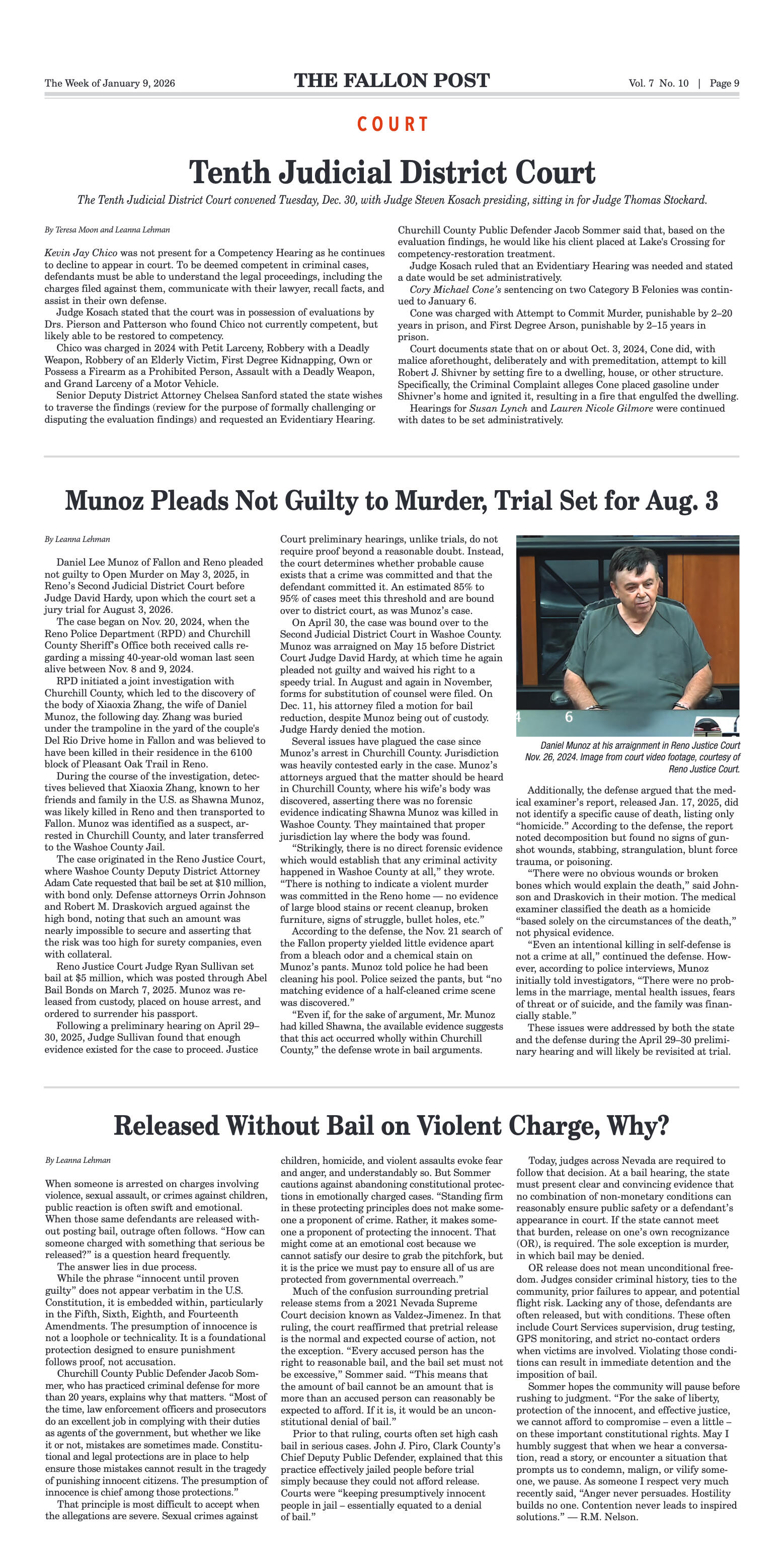
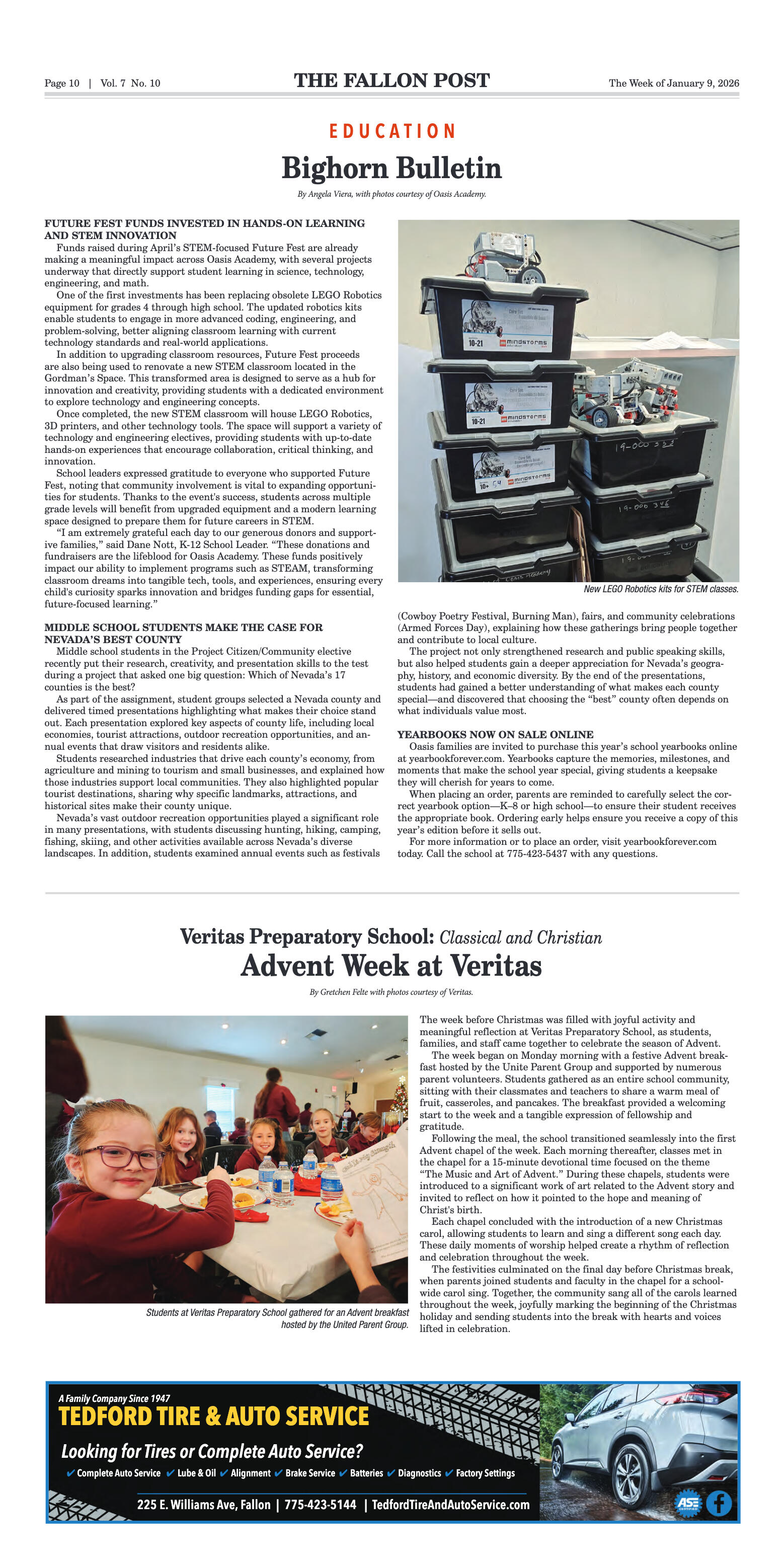
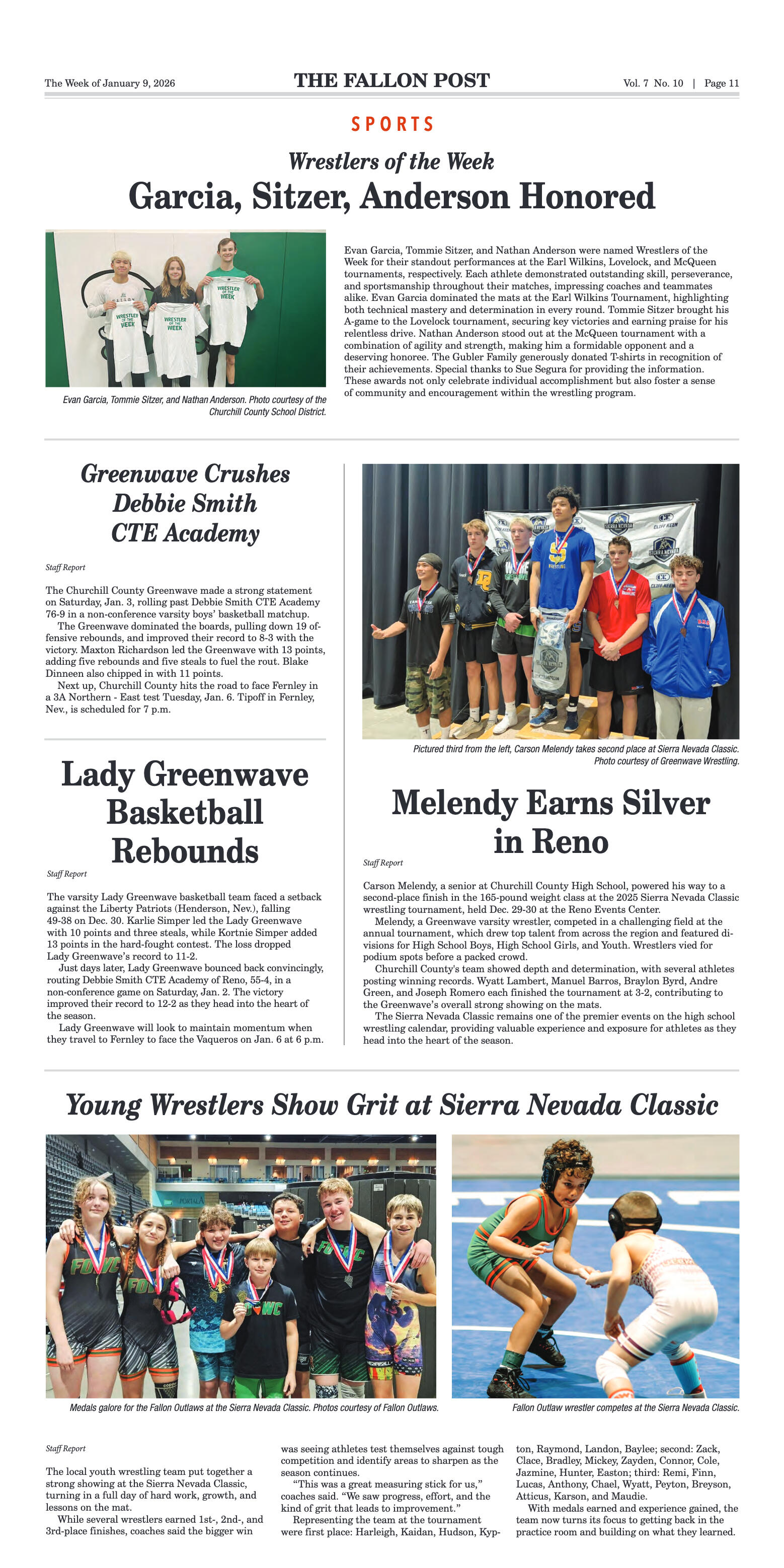
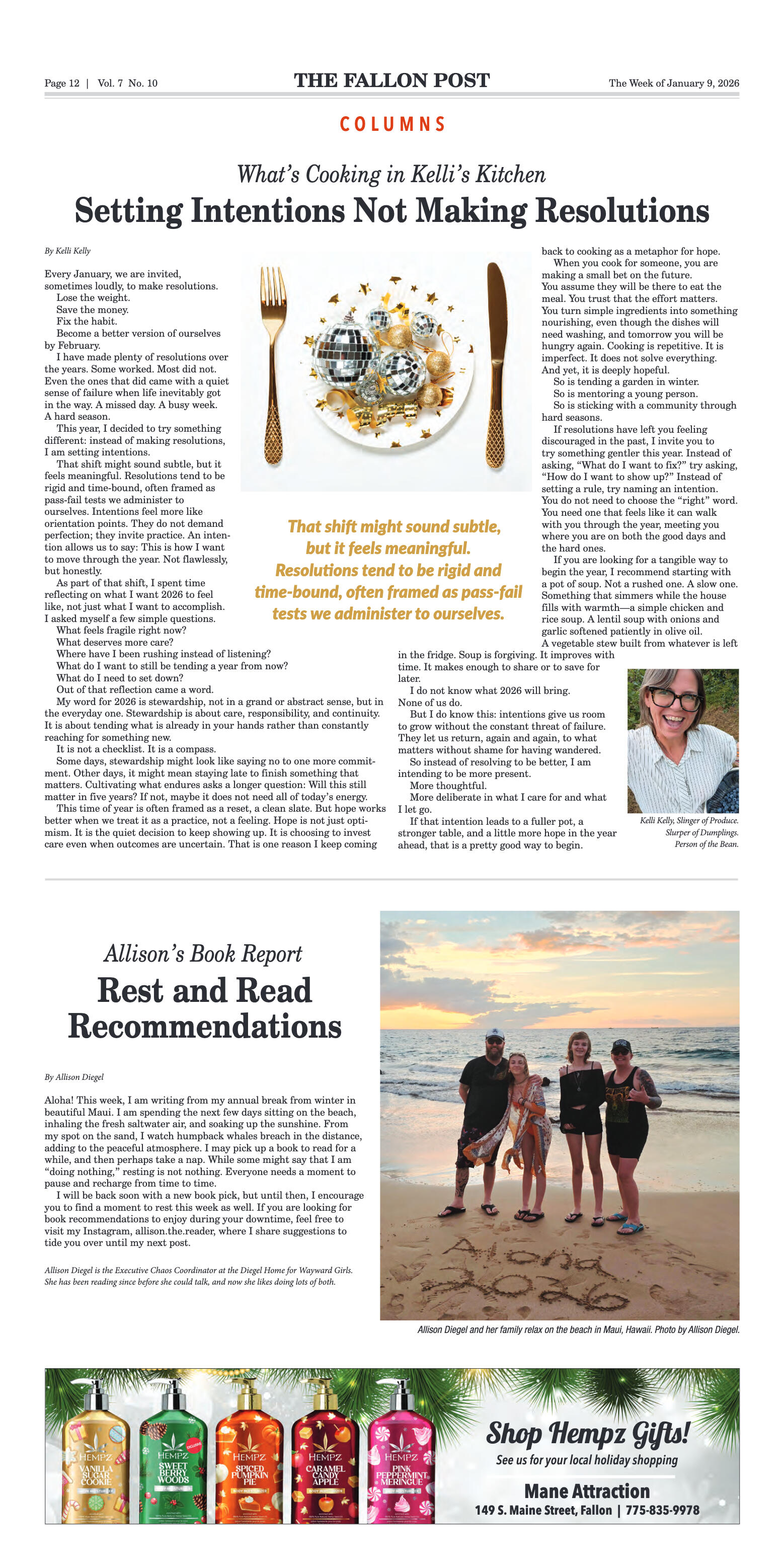
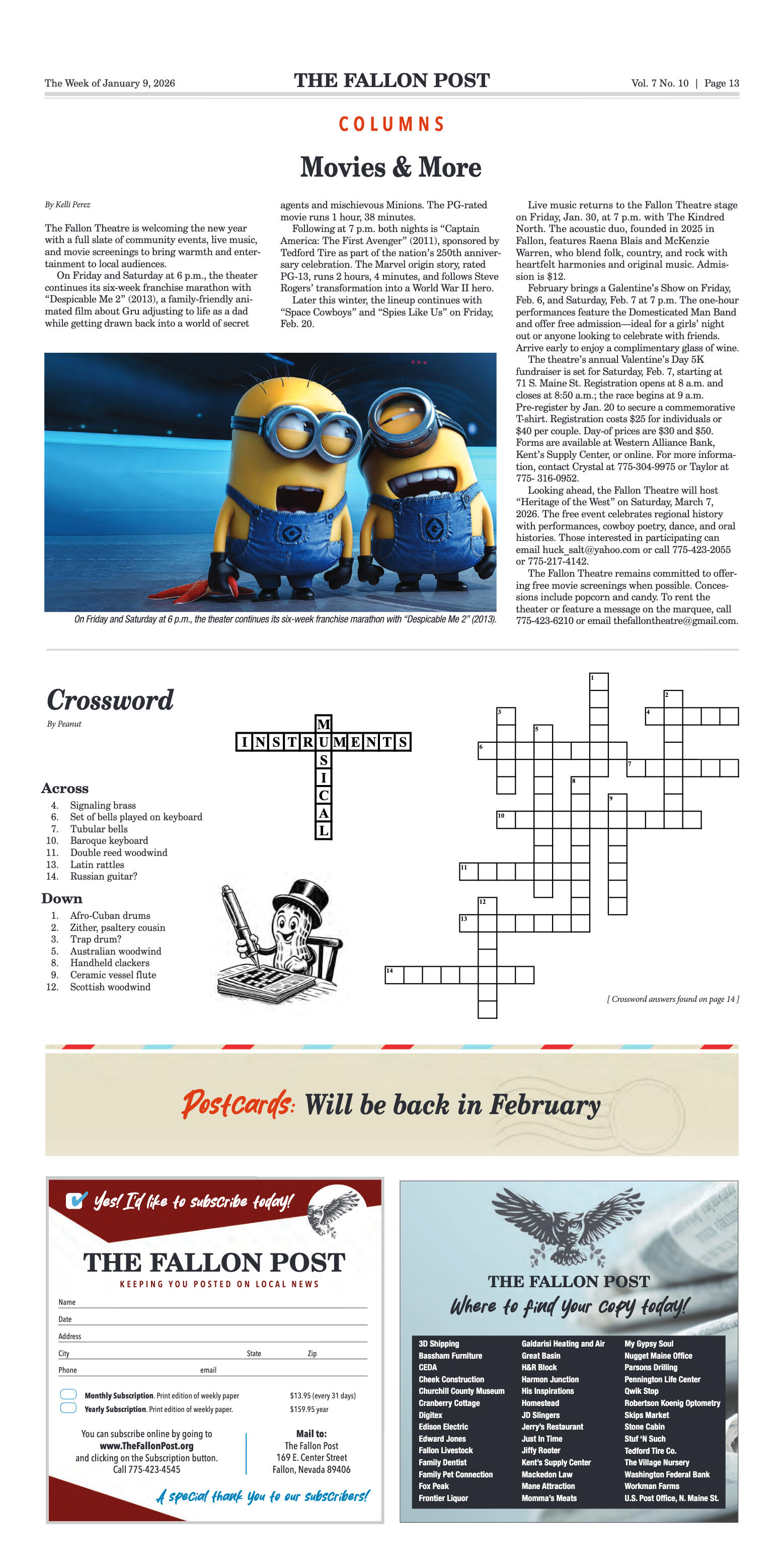
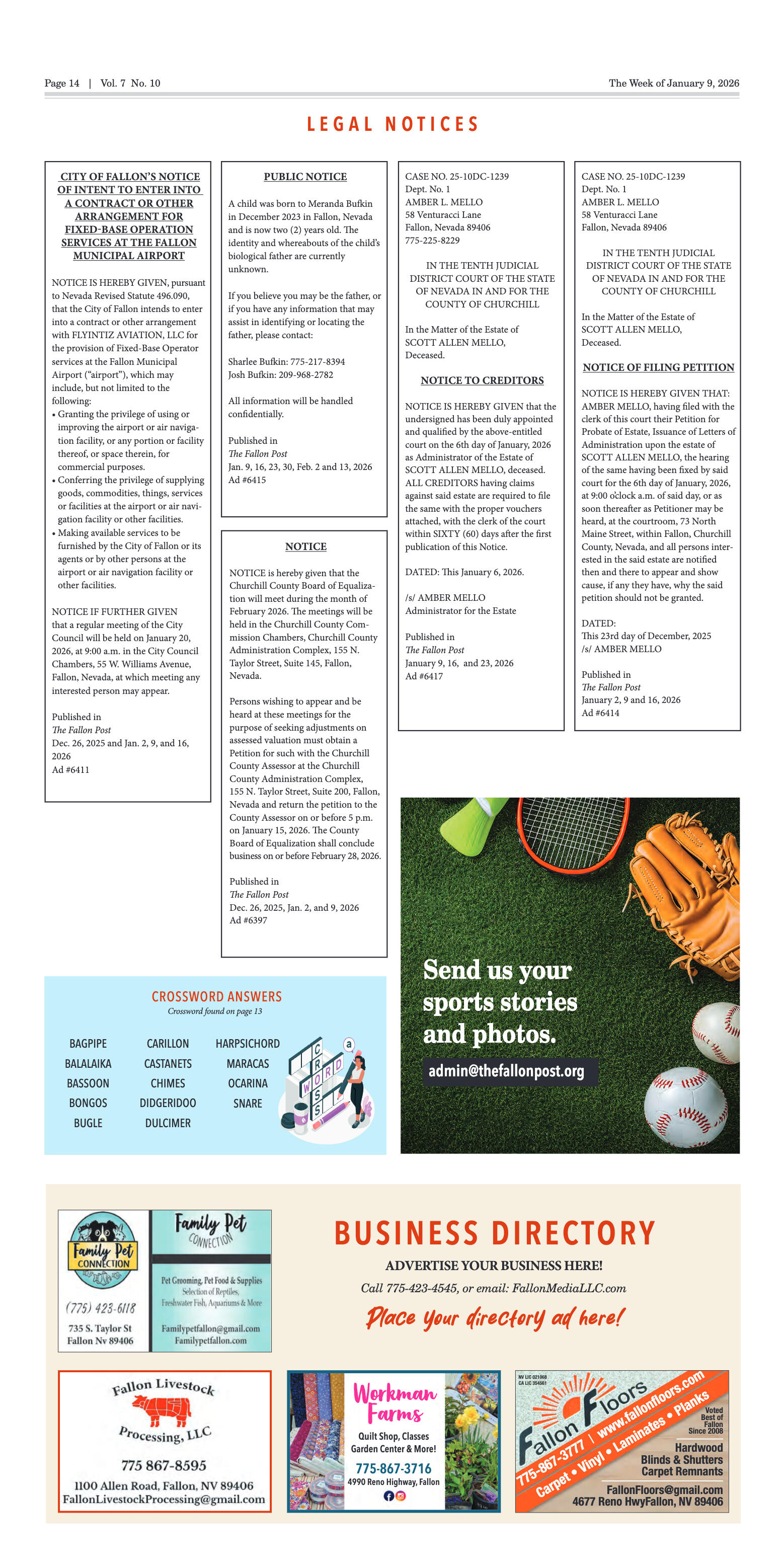

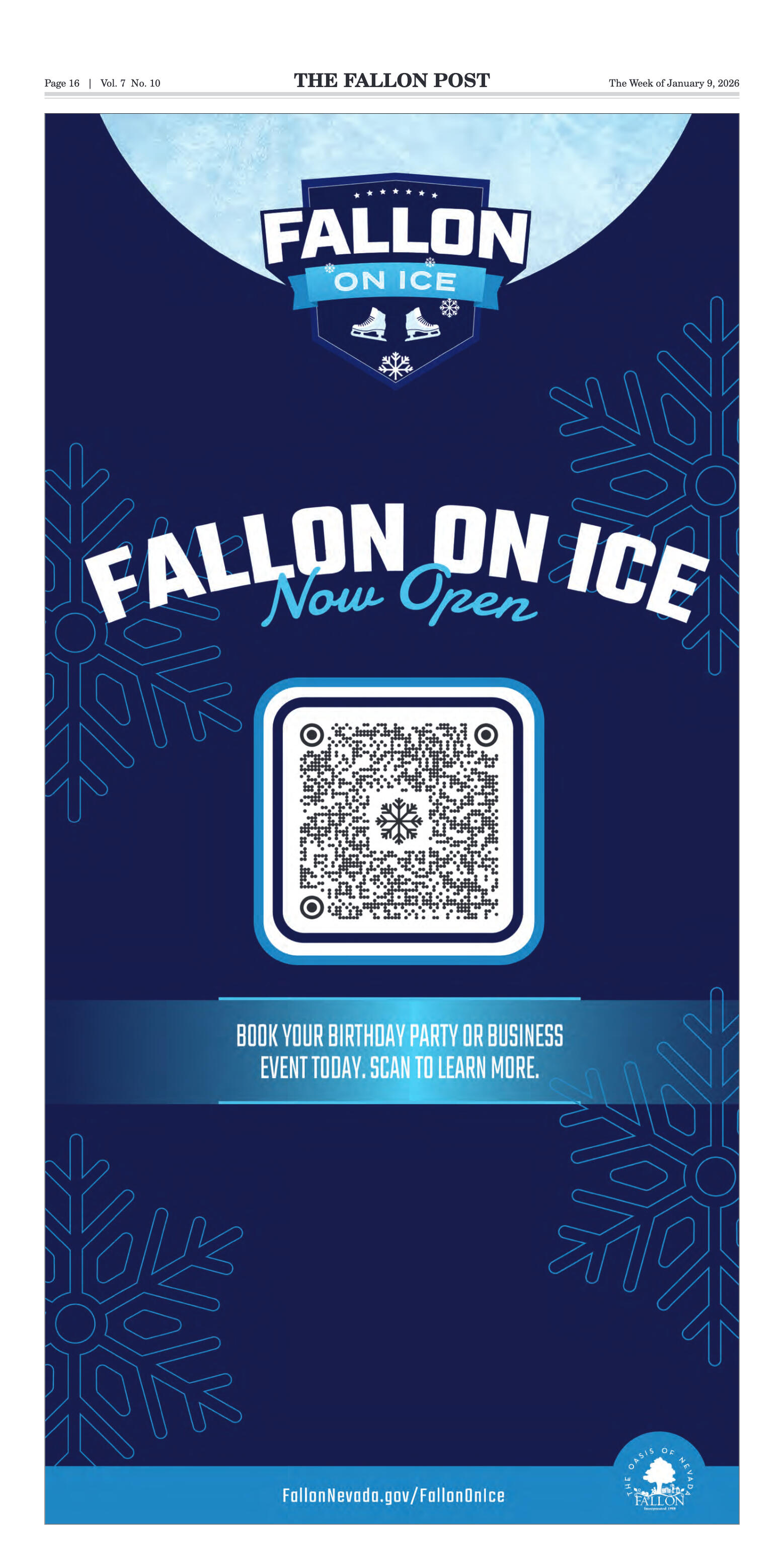
















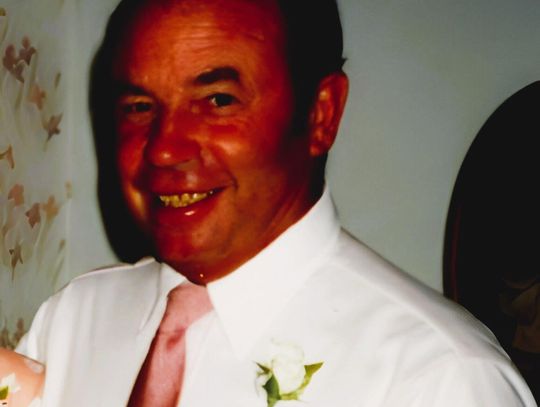


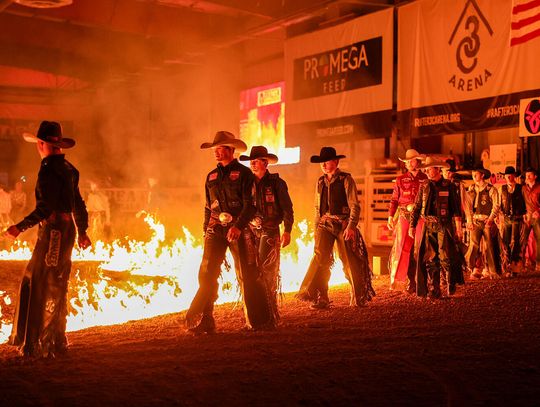
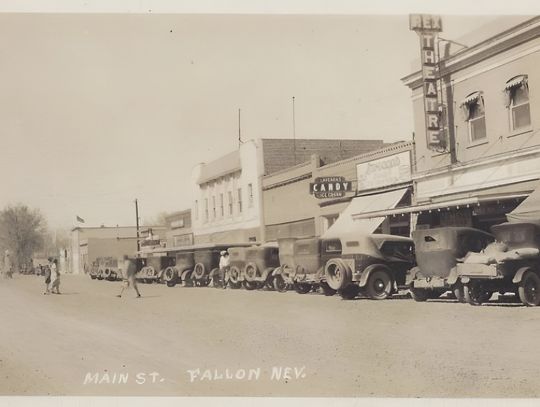

Comment
Comments